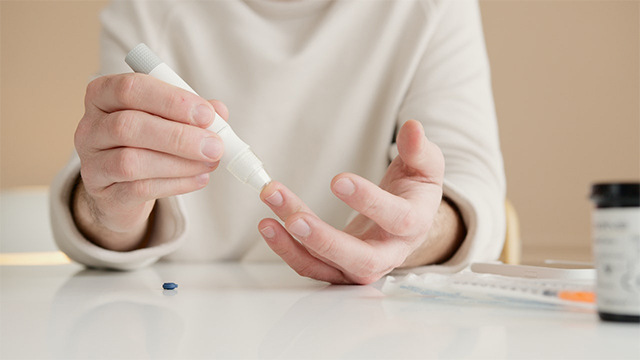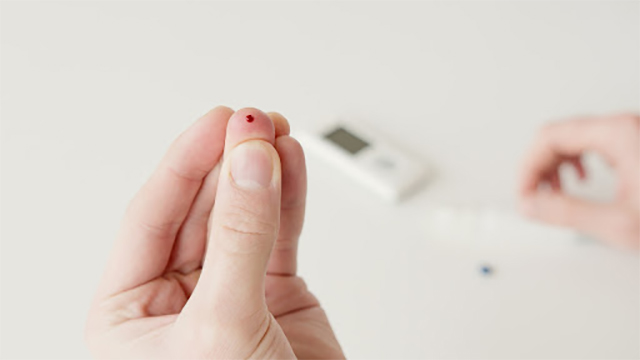Vitamin D is a nutrient that is crucial for healthy teeth and bones. Inadequate vitamin D boosts the risk of fractured bone, can lead to fatigue and even muscle loss. It might also lead to other health issues associated with the immune system. That is why many people are often advised to get a vitamin D test to find out what their levels are currently at.
Continue reading to find out when you should get a vitamin D test.
The Purpose of the Vitamin D Test
Vitamin D testing determines how much vitamin D your body needs to operate normally. Your doctor may request a vitamin D test to:
- Diagnose if you exhibit vitamin D insufficiency or deficiency symptoms that determine low levels. Testing may also identify a rare vitamin D toxicity caused by an excess of vitamin D supplements.
- Monitor your vitamin D levels when treated identified deficiency previously.
- Screen if you have a health concern that raises your risk of vitamin D insufficiency or deficiency.
When Should You Get a Vitamin D Test?
Vitamin D testing is conducted to detect a deficiency or toxic level present or to check treatment for a previously identified lack of vitamin D.
If you have signs of a vitamin D deficiency, your physician may want you to get a vitamin D blood test. These symptoms could be:
- Abnormal bone development
- Bone pain
- Seizures
- Bone weakening
- Bone deformity
- Muscle cramps or weakness
- Dental abnormalities
A vitamin D test is occasionally used as a screening test for those at high risk of vitamin D insufficiency. Before any symptoms appear, screening tests are performed. The following factors may enhance your chances of acquiring a vitamin D deficiency or insufficiency:
- Obesity
- Digestive diseases that impair nutrition absorption, such as Crohn’s and celiac
- Osteoporosis
- Age over 65
- Liver and kidney disease
- Use of certain medications
- Weight loss surgery history
Moreover, taking a vitamin D supplement may help your body absorb more calcium from your meals and reabsorb calcium from your bones into your bloodstream. It produces an excess of calcium in the blood or hypercalcemia, resulting in symptoms including bone pain, frequent urination, fatigue, vomiting and nausea, confusion, and kidney problems. If your doctor suspects you have vitamin D toxicity, he may perform vitamin d testing caused by extremely high levels of vitamin D.
Taking a Vitamin D Test
As prescribed by the doctor, a blood sample is drawn to assess your vitamin D level. It is often taken from your arm in a medical environment such as a hospital or doctor’s office and examined at a medical laboratory. A sample can also be collected using a home vitamin D testing kit, which uses a small finger prick to take a sample before being sent away for analysis.
Before the Test
No special preparations are required for vitamin D blood testing in most cases. If you need to prepare for your test, your physician will inform you.
During the Test
A little blood sample is frequently taken from a vein in your arm or from the tip of your finger. To make it simpler to find your veins, the health care expert collecting the sample may wrap a band around your upper arm. They next use an antiseptic wipe to sterilise a small patch of skin. Following that, they will inject a needle attached to a collecting tube into your skin and extract a small amount of blood.
After the Test
After your test you can simply await the arrival of your test results. While the results can be understood by almost anyone, it is usually recommended to have your GP go over the results with you so that you understand them properly.


